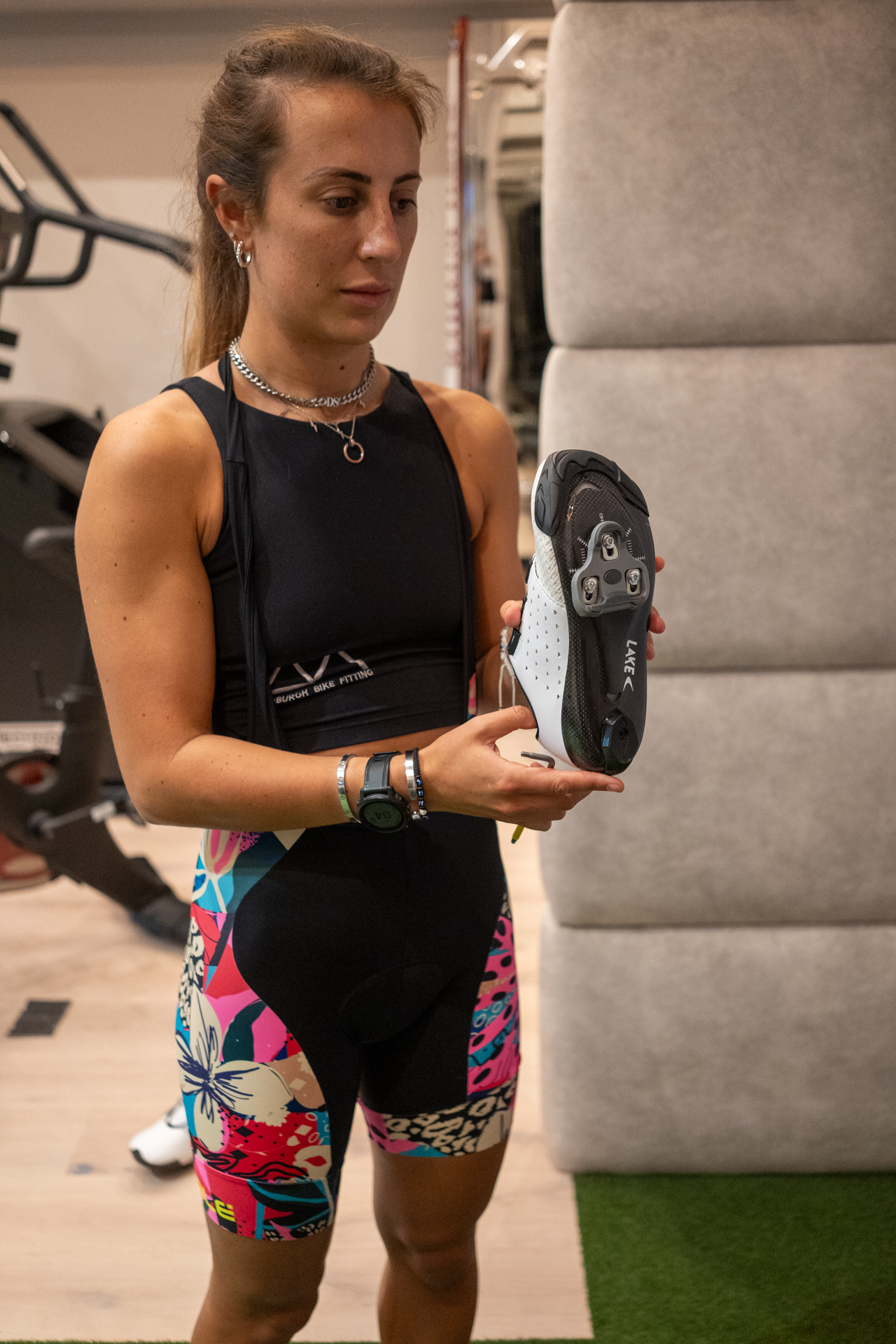
Peloton Cleat Set Up – Is Float Important or Not with a Road Cycling Cleat?
In the fast-paced world of road cycling, every component of your gear plays a crucial role in enhancing performance and comfort. One aspect that often sparks debate among cyclists is the importance of float when it comes to road cycling cleats. In this comprehensive guide, we delve into the intricacies of float and its significance in optimizing your cycling experience.
Understanding Float in Cycling Cleats
Float, in the context of cycling cleats, refers to the degree of lateral movement your feet have while clipped into the pedals. Cleats with float allow your feet to pivot slightly from side to side, providing a natural range of motion during your pedal stroke. On the other hand, cleats without float keep your feet fixed in a static position.
The Benefits of Float
1. Natural Biomechanics
Float mimics the natural biomechanics of your feet, accommodating slight variations in your pedal stroke. This can reduce the risk of discomfort and potential injuries caused by a rigid, fixed position.
2. Reduced Joint Stress
For riders who spend extended hours on the saddle, float can help alleviate stress on the knees and other joints. Moving your feet within a limited range promotes a more ergonomic pedalling motion.
3. Adaptability to Riding Styles
Different riders have varying pedalling styles, and float caters to this diversity. Whether you are a sprinter, climber, or endurance cyclist, having the right amount of float allows for a personalized and comfortable riding experience.
Float vs. Fixed Cleats: The Debate
While float offers undeniable advantages, some cyclists prefer the stability of fixed cleats. Fixed cleats provide a solid connection to the pedal, emphasizing power transfer without any lateral movement. The choice between float and fixed cleats often refers to personal preference and riding style.
Choosing the Right Float for You
Selecting the optimal float for your road cycling cleats involves considering several factors:
1. Riding Experience
Novice cyclists may find a higher degree of float beneficial as they adapt to the nuances of cycling. Experienced riders, on the other hand, might prefer a more rigid connection for precise power transfer.
2. Biomechanics
Understanding your natural pedal stroke and biomechanics is crucial. Consult a professional bike fitter or physiotherapist to determine the float that aligns with your body’s mechanics.
3. Terrain and Riding Conditions
Consider the type of terrain you predominantly ride on. A moderate degree of float can enhance control and stability for rough and unpredictable surfaces.
Conclusion
There is no one-size-fits-all answer in the eternal debate of float vs. fixed cleats. The decision ultimately depends on your preferences, riding style, and biomechanics. Experimenting with different float settings can help you find the sweet spot that maximizes comfort and performance.
